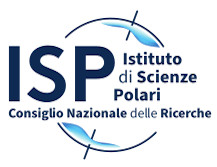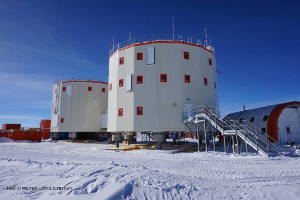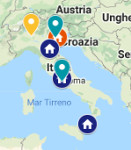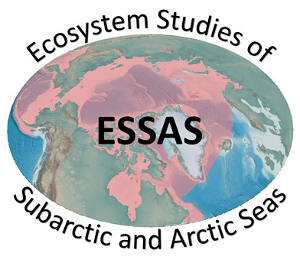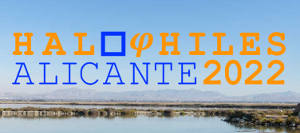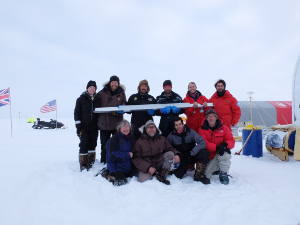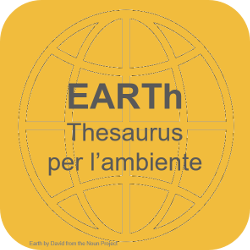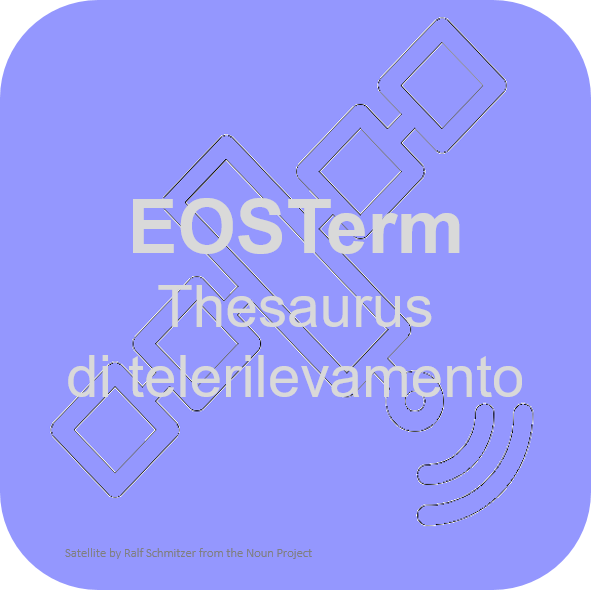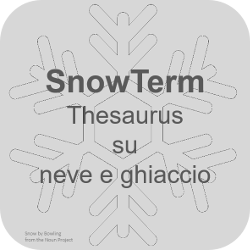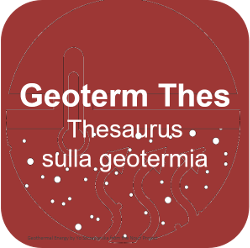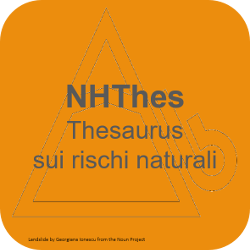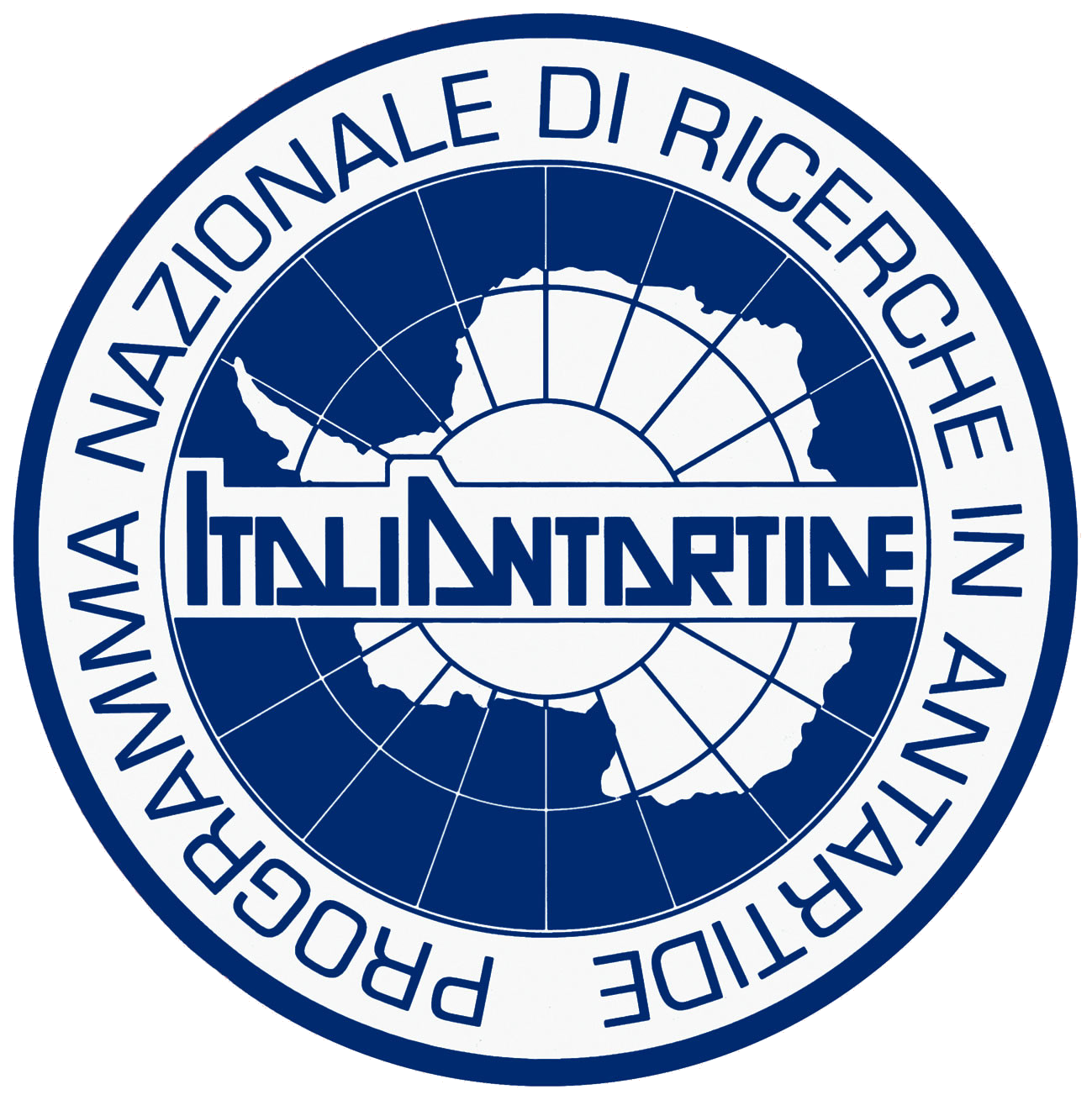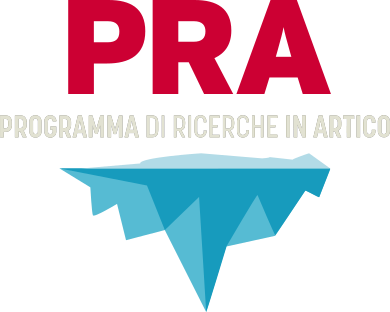Contenuti_italiano
Prende il via nella base italo-francese Concordia, a 3.300 metri di altitudine nel continente antartico, la 18a campagna invernale del Programma Nazionale di Ricerche in Antartide (PNRA), finanziato dal Ministero dell’Università e Ricerca e gestito da ENEA per la parte di attuazione logistica e dal Cnr per il coordinamento scientifico.
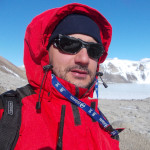 Nato a Messina, ha conseguito la laurea nel 2005 e il dottorato nel 2010 in Scienze Ambientali, Ambiente marino e Risorse presso l’Università di Messina.
Nato a Messina, ha conseguito la laurea nel 2005 e il dottorato nel 2010 in Scienze Ambientali, Ambiente marino e Risorse presso l’Università di Messina.
Attualmente è ricercatore presso l'Istituto di Scienze Polari (CNR-ISP) e si occupa di ecologia e biotecnologie microbiche marine in particolare:
• Applicazione di tecniche OMICHE allo studio della diversità microbica.
• Biodiversità microbica in ambienti estremi: acque profonde, sorgenti idrotermali superficiali e profonde, ambienti ipersalini, ghiaccio marino e laghi subglaciali.
• Biorisanamento microbico in ambienti inquinati da petrolio
• Biotecnologie per il biorisanamento marino.
• Applicazione biotecnologica di microbi isolati da ambienti estremi.
Partecipante a progetti sponsorizzati da NSF e diversi progetti finanziati dall'Unione Europea. Ha partecipato a numerose spedizioni oceanografiche nazionali ed internazionali a bordo di R/V Urania, R/V Europe, R/V Minerva I, R/V L'Atalante, R/V Laura Bassi. Ha partecipato a diverse spedizioni sceintifiche sul campo e 3 spedizioni antartiche.
Revisore per Environmental Microbiology, Environmental Pollution, Environmental Microbiology Reports, Journal of Cleaner Production, Marine Genomics, Microorgansims, Marine Science and Engineering, Diversity, Chemosphere. Extreme Microbiology (specialty section of Frontiers in Microbiology).
![]() https://orcid.org/0000-0002-8385-564X Scholar Scopus - Author ID: 15061770400
https://orcid.org/0000-0002-8385-564X Scholar Scopus - Author ID: 15061770400
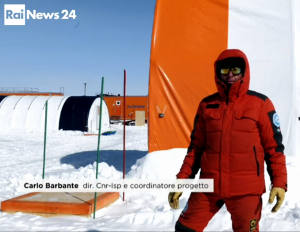 Puntata della rubrica di Rainews - FUTURO24 (1 Febbraio 2022)
Puntata della rubrica di Rainews - FUTURO24 (1 Febbraio 2022)
Intervista a Carlo Barbante, direttore del CNR-ISP e coordinatore del progetto Beyond EPICA Oldest Ice.
In Antartide un gruppo internazionale di scienziati sta cercando di raggiungere il ghiaccio vecchio di 1,5 milioni di anni; fornirà dati su clima e global warming.
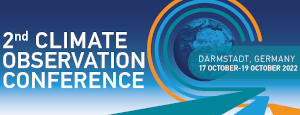 The 2nd Climate Observation Conference will be built around topics such as:
The 2nd Climate Observation Conference will be built around topics such as:
- How do global climate observations support climate policies?
- How well do current climate observations support the understanding of climate change and variability?
- Networks and systems – what improvements are needed to better meet user needs?
- Data processing, archiving and stewardship.
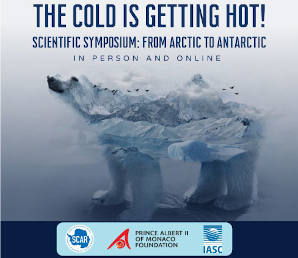 The Prince Albert II of Monaco Foundation (FPA), Scientific Committee on Antarctic Research (SCAR), and International Arctic Science Committee (IASC) in collaboration with the Oceaographic Institute present The Cold is Getting Hot!
The Prince Albert II of Monaco Foundation (FPA), Scientific Committee on Antarctic Research (SCAR), and International Arctic Science Committee (IASC) in collaboration with the Oceaographic Institute present The Cold is Getting Hot!
The event will be held in person at the Oceanographic Museum of Monaco and available to watch online through a live stream.
 The Scientific Committee on Oceanic Research (SCOR) Secretariat invites proposals for new working groups to commence activities in late 2022.
The Scientific Committee on Oceanic Research (SCOR) Secretariat invites proposals for new working groups to commence activities in late 2022.
SCOR working groups are formed of not more than 10 Full Members and 10 Associate Members, to deliberate on a narrowly focused topic and develop a peer-reviewed publication and/or some other product that will advance the topic on which the working group is focused. The group’s work is intended to be completed in 4 years or less. Instructions, guidelines, and template.
Deadline for submission: 30 April 2022
 Ha conseguito la Laurea Magistrale in Ingegneria Informatica al Politecnico di Torino. Ricopre il ruolo di data manager e system administrator per le infrastrutture informatiche dei progetti NADC (National Antarctic Data Center) e IADC (Italian Arctic Data Center); inoltre è impegnato nello sviluppo di soluzioni software per i progetti di ricerca europei quali: POLARIN, ITINERIS, ARICE (Arctic Research Icebreaker Consortium), ENVRI-FAIR e Beyond EPICA. Gestisce i siti web istituzionali dell'Istituto e della Base Artica Italiana "Diribile Italia". Fa parte dei gruppi di lavoro internazionali per lo sviluppo del SIOS Data Management System e dell'INTERACT Data Portal. Grazie all'esperienza nel campo della gestione dei dati, aiuta i ricercatori a pubblicare e condividere i dati raccolti dalle ricerche rendendoli compatibili con standard moderni e aderenti ai principi della data FAIRness e dell'Open Science. Nel 2021 ha vinto il premio SCADM (Standing Committee on Antarctic Data Management) per il suo lavoro al Polar Data Forum IV.
Ha conseguito la Laurea Magistrale in Ingegneria Informatica al Politecnico di Torino. Ricopre il ruolo di data manager e system administrator per le infrastrutture informatiche dei progetti NADC (National Antarctic Data Center) e IADC (Italian Arctic Data Center); inoltre è impegnato nello sviluppo di soluzioni software per i progetti di ricerca europei quali: POLARIN, ITINERIS, ARICE (Arctic Research Icebreaker Consortium), ENVRI-FAIR e Beyond EPICA. Gestisce i siti web istituzionali dell'Istituto e della Base Artica Italiana "Diribile Italia". Fa parte dei gruppi di lavoro internazionali per lo sviluppo del SIOS Data Management System e dell'INTERACT Data Portal. Grazie all'esperienza nel campo della gestione dei dati, aiuta i ricercatori a pubblicare e condividere i dati raccolti dalle ricerche rendendoli compatibili con standard moderni e aderenti ai principi della data FAIRness e dell'Open Science. Nel 2021 ha vinto il premio SCADM (Standing Committee on Antarctic Data Management) per il suo lavoro al Polar Data Forum IV.
More...
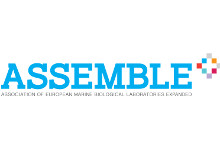 FINAL call for all researchers to get FREE access to >30 marine stations & institutes in 13 countries for marine scienceresearch between April & July 2022. ASSEMBLE Plus extended!
FINAL call for all researchers to get FREE access to >30 marine stations & institutes in 13 countries for marine scienceresearch between April & July 2022. ASSEMBLE Plus extended!
Application Deadline: 14 February 2022
A new study, published in Nature Communications, reports for the first time the iodine variability of the Arctic atmosphere for the last 127,000 years. By investigating two Greenland ice cores, researchers found the highest and lowest iodine levels respectively during warm interglacial and cold glacial periods. The environmental roles of iodine in the polar atmosphere are important and multiple, from modulating the energy budget to affecting atmospheric chemistry cycles and new particle formation, but its long-term variability in the Arctic has been so far unknown.
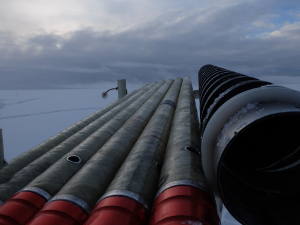 An international team of researchers led by the Spanish National Research Council (CSIC), and with the contribution of Ca’ Foscari University of Venice, the Italian National Research Council (CNR) and other organizations from Denmark, Germany, Australia and the United States, has developed a multidisciplinary research strategy to understand the composition of the Arctic atmosphere over past glacial and interglacial cycles and what the mechanisms controlled its evolution.
An international team of researchers led by the Spanish National Research Council (CSIC), and with the contribution of Ca’ Foscari University of Venice, the Italian National Research Council (CNR) and other organizations from Denmark, Germany, Australia and the United States, has developed a multidisciplinary research strategy to understand the composition of the Arctic atmosphere over past glacial and interglacial cycles and what the mechanisms controlled its evolution.
A new study, published in Nature Communications, reports for the first time the iodine variability of the Arctic atmosphere for the last 127,000 years. Using two Greenland ice cores, the international team found the highest and lowest iodine levels recorded during interglacial and glacial periods, including the whole last cold period called the Last Glacial Cycle, and has developed a multidisciplinary research strategy to understand the composition of the Arctic atmosphere and what the mechanisms controlled its evolution.
The analysis of the halogens contained in the ice, together with the concentrations of other elements such as calcium or sodium, has revealed how the ocean is the great regulator of iodine in the Arctic atmosphere: the variability of this element is fundamentally controlled by the dynamics of the ice pack and by the biological productivity of the oceans. The concentration of this element can potentially influence climate and this study can help researchers to better constrain the future projections of iodine atmospheric concentrations in the Arctic.
DOI:10.1038/S41467-021-27642-5 (Niccolò Maffezzoli, Ca’ Foscari, and Andrea Spolaor, CNR-ISP) - READ MORE
 Mar 10, 2022 - from 09:00 AM to 05:00 PM Time zone: Copenhagen, Denmark - Online
Mar 10, 2022 - from 09:00 AM to 05:00 PM Time zone: Copenhagen, Denmark - Online
Since mid-2019 the Pan European Component of the Copernicus Land Monitoring Service (CLMS), coordinated by the European Environment Agency (EEA), has been implementing a set of High Resolution Pan European Biophysical Parameter products addressing the land cryosphere.
 Ministero dell'Universita e Ricerca
Ministero dell'Universita e Ricerca
Programma Ricerche Artico
Programma Nazionale di Ricerca in Antartide
 Ministero degli Affari Esteri e della Cooperazione Internazionale
Ministero degli Affari Esteri e della Cooperazione Internazionale
L'Italia e l’Artico
L’Italia e l’Antartide
CNR-ISP
Consiglio Nazionale delle Ricerche
Istituto di Scienze Polari
c/o Campus Scientifico - Università Ca' Foscari Venezia - Via Torino, 155 - 30172 VENEZIA MESTRE (VE)
Salvo diversa indicazione, il contenuto di questo sito è concesso in licenza : Attribuzione - Non commerciale - Condividi allo stesso modo 4.0 Internazionale (CC BY-NC-SA 4.0) 
Privacy policy e Cookie policy - Amministrazione trasparente CNR
